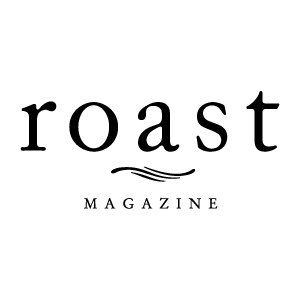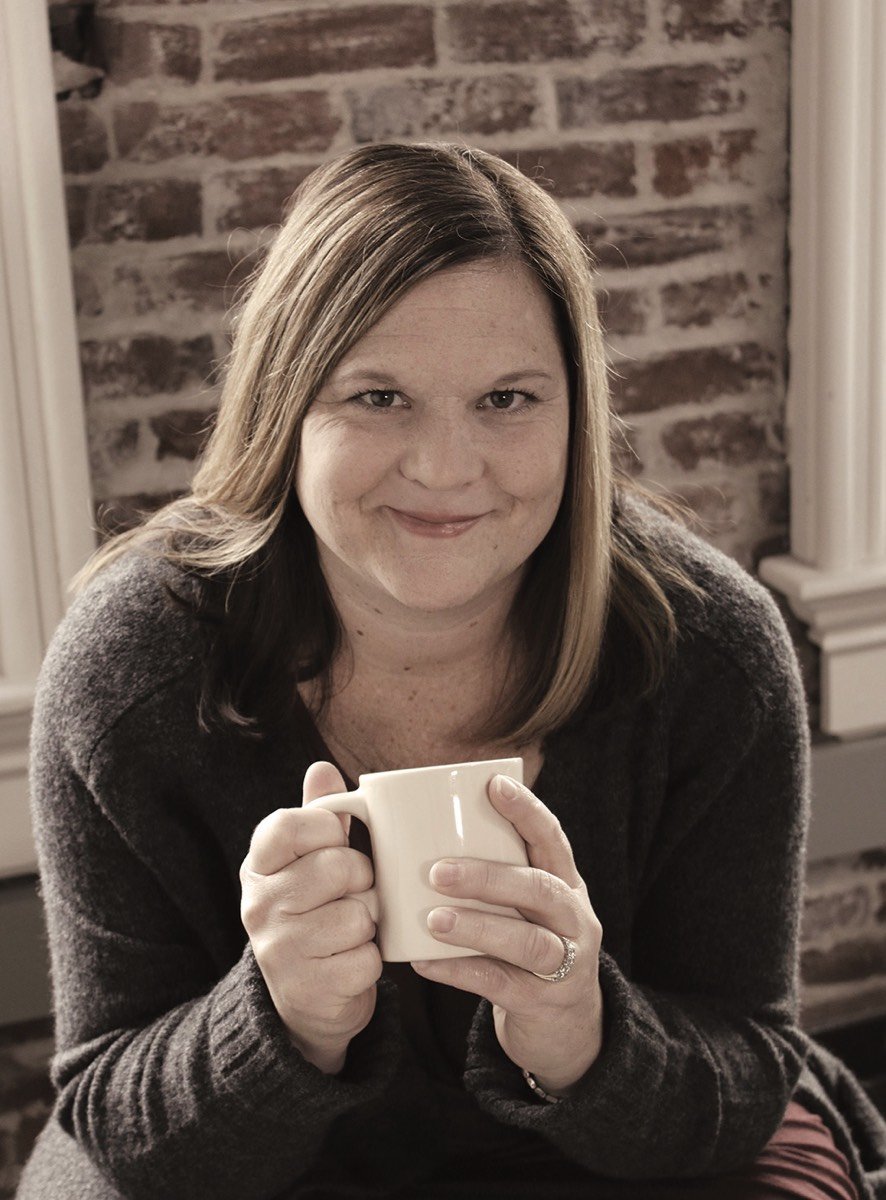Issue 116: March | April 2023
From the Publisher
The founder and publisher of Roast magazine, Connie Blumhardt has spent 25 years in magazine publishing and has worked in the coffee industry for the last 20 years. Connie brings the same passion and commitment to this industry journal that is present within the roasting community.
With each issue, Connie brings insight and inspiration to the pages of Roast with this column.
Connie Blumhardt, Publisher
There is a mostly constructive tension happening in our industry between quantification and variability. On one side are groups who are doing excellent work to better define standards and language that we use to communicate how coffee tastes in various stages of its seed-to-cup cycle. On the other side are the multitudes of variables that make coffee a terrifically unpredictable product.
Defining sweetness in a cup, for example, seems like a straightforward measure that would have a set standard. However (and slightly tongue in cheek), as shown from studies described in this month’s Technically Speaking column, “Sweetness in Coffee,” it is very possible that a coffee presented in a round, red cup, sitting on a smooth plate next to a bowl of berries and cooled to 80 degrees will be perceived as sweeter than the same coffee served piping hot, presented in a square mug on a rough surfaced, hexagonal plate. The point is not necessarily to eliminate every variable, but to acknowledge that standards, grades and processes must be used wisely, understanding the inherent challenges in quantifying such a complex set of variables.
Even with the many variables at play in quantifying a coffee’s flavor attributes and how it is perceived, strides are being made in improving what I consider two of the most important aspects of cupping: agreed upon language that can be used as guardrails to assess quality, and cupping standards that provide more consistency across different cuppers when evaluating coffees.
How standards are defined is critical to our industry. Contracts can have clauses tied to standards, producers are dependent on accurate feedback to continue to improve quality, and roasters need to be able to capture, communicate and then replicate the tastes that their customers want. All of these needs, either in harmony or in opposition, will continue to drive the need to improve how we describe and quantify coffee.
Warmest wishes,
Connie
Advertisement











